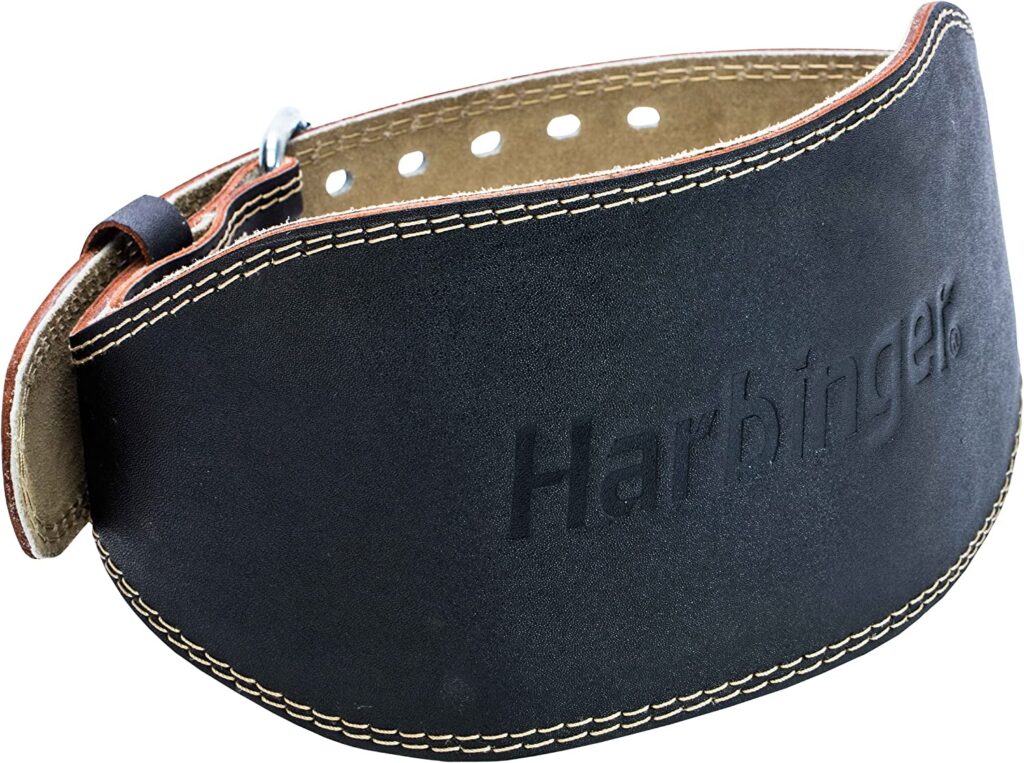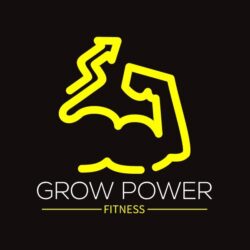Squats are a fundamental exercise that targets multiple muscle groups in the lower body and provides numerous benefits for strength, endurance, and overall fitness. Whether you’re a seasoned athlete or a beginner looking to improve your fitness level, incorporating squats into your workout routine can yield significant results. In this article, we will explore the various Squat Benefits and provide you with valuable insights on how to perform them correctly.
1. Understanding the Squat Exercise
Before we delve into the benefits of squats, let’s first understand what the exercise entails. A squat is a compound movement that primarily targets the muscles in your thighs, hips, and buttocks. It involves bending your knees and lowering your hips while maintaining a neutral spine and an upright posture. Squats can be performed with or without additional weight, such as barbells, dumbbells, or kettlebells.

Dark Iron Fitness Weight Lifting Belt for Men & Women – 100% Leather Gym Belts for Weightlifting, Powerlifting, Strength Training, Squat or Deadlift Workout up to 600 Lbs
2. Squat Benefits for Strength Training
Increased Muscle Mass
One of the key benefits of squats is their ability to promote muscle growth and increase overall strength. Squats engage major muscle groups, including the quadriceps, hamstrings, and glutes, stimulating muscle fiber recruitment and triggering hypertrophy. By incorporating squats into your routine, you can expect to see improvements in lower body strength and enhanced muscular development.
Enhanced Core Strength
Squats are not just a leg exercise; they also work your core muscles. To maintain proper form during squats, you need to engage your core to stabilize your spine and maintain balance. This engagement of the core muscles during squats helps strengthen your abdominal muscles, obliques, and lower back, leading to improved core stability and overall functional strength.
Improved Posture and Balance
Consistent squatting can have a positive impact on your posture and balance. Squats strengthen the muscles that support your spine, including the erector spinae and multifidus muscles. By developing a strong core and improved posture, you can prevent common postural issues and enhance your overall balance and coordination.
3. Squat Benefits for Lower Body Development
Stronger Quadriceps and Hamstrings
Squats are renowned for their ability to target the quadriceps and hamstrings, the major muscle groups in your thighs. These exercises help to strengthen and tone these muscles, leading to improved leg strength and better athletic performance in activities such as running, jumping, and cycling.
Toned Glutes
If you’re looking to sculpt your backside, squats are an excellent exercise choice. Squats activate the gluteal muscles, including the gluteus maximus, medius, and minimus, which are responsible for hip extension and overall glute development. By regularly incorporating squats into your routine, you can achieve firmer and more toned glutes.
Improved Joint Health
Contrary to popular belief, squats, when performed correctly, can actually improve joint health. Squats help to strengthen the muscles and ligaments around your knees, hips, and ankles, providing stability and reducing the risk of injury. Proper squatting technique and controlled range of motion are key to reaping the joint-strengthening benefits of this exercise.

Self-Locking Weight Lifting Belt – Premium Weightlifting Belt for Serious Functional Fitness, Weight Lifting, and Olympic Lifting Athletes – Lifting Support for Men and Women – Deadlift Training Belt
4. Squat Benefits for Overall Fitness
Increased Calorie Burn
Squats are a compound movement that engages multiple muscle groups simultaneously. As a result, they require a significant amount of energy, leading to increased calorie burn. Incorporating squats into your workouts can help you burn more calories, aiding in weight loss or weight maintenance goals.
Boosted Metabolism
High-intensity exercises like squats can boost your metabolism, both during and after your workout. The intense muscle activation and energy expenditure during squats promote an increased metabolic rate, which means you’ll continue burning calories even after you’ve finished exercising.
Improved Cardiovascular Endurance
Squats can be performed with higher reps and at a faster pace, turning them into a cardiovascular exercise. By incorporating squat variations that involve continuous movement, such as jump squats or squat jumps, you can improve your cardiovascular endurance and elevate your heart rate.
5. Squat Benefits for Everyday Activities
Enhanced Functional Movement
Squats mimic the movements required for many everyday activities, such as sitting down and standing up, picking up objects from the ground, or climbing stairs. By incorporating squats into your fitness routine, you can improve your functional movement patterns, making daily tasks easier and more efficient.
Increased Flexibility
Performing squats through a full range of motion can improve your flexibility. Regular squatting helps to increase the flexibility and mobility of your hips, knees, and ankles, allowing for better joint health and reducing the risk of muscle imbalances and injuries.
Injury Prevention
Stronger muscles and improved joint stability resulting from regular squatting can help prevent injuries. Squats promote better body mechanics, correct muscle imbalances, and strengthen the muscles surrounding vulnerable joints, thus reducing the risk of strains, sprains, and other injuries.
6. Proper Squat Form and Techniques
To reap the maximum benefits of squats while minimizing the risk of injury, it’s crucial to maintain proper form and technique. Here are some key points to keep in mind:
Feet Placement and Stance
Start with your feet slightly wider than shoulder-width apart, toes pointing slightly outward. This positioning provides a stable base and allows for proper muscle activation during the exercise.
Depth and Range of Motion
When squatting, aim to descend until your hips are parallel to your knees or slightly below. Going deeper engages your muscles more effectively. However, it’s important to maintain control and avoid excessive strain on your joints.
Breathing and Core Engagement
Breathing plays a vital role in squatting. Inhale deeply before descending into the squat and exhale forcefully as you push through the upward phase of the movement. Additionally, engage your core muscles throughout the exercise to stabilize your spine and maintain proper form.

Weight Lifting Belt (5mm Thick) – Leather Weight Lifting Belt for Women & Men – Functional Workout Belt – Gym Belt for Weightlifting, Powerlifting, Squat & Deadlift – Adjustable Weightlifting Belt
7. Incorporating Squats into Your Workout Routine
Squats offer a wide range of variations that can be incorporated into your workout routine. Here are some basic and advanced squat variations to consider:
Basic Squat Variations
- Bodyweight Squats: Perform squats without any additional weights, focusing on mastering the proper form and range of motion.
- Goblet Squats: Hold a dumbbell or kettlebell close to your chest while performing squats, which adds resistance to the exercise.
- Barbell Back Squats: Place a barbell across your upper back and perform squats, allowing for heavier weights and increased intensity.
Advanced Squat Variations
- Bulgarian Split Squats: Elevate one foot behind you on a bench or step, and perform squats with the other leg, emphasizing single-leg strength and stability.
- Pistol Squats: Balance on one leg while extending the other leg straight in front of you and perform squats, challenging your balance, strength, and flexibility.
- Overhead Squats: Hold a barbell or a weighted object overhead while performing squats, engaging your upper body muscles in addition to your lower body.
Consider adding variety to your squat routine by mixing different variations and adjusting the number of sets and repetitions based on your fitness goals and abilities.
8. Common Mistakes to Avoid
To ensure optimal results and reduce the risk of injury, it’s important to avoid these common mistakes when performing squats:
Poor Form and Technique
Maintaining proper form and technique is essential during squats. Avoid rounding your back, collapsing your knees inward, or allowing your heels to lift off the ground. Always prioritize form over the amount of weight you lift.
Overtraining and Overloading
While squats can be highly beneficial, overtraining or overloading can lead to fatigue, muscle imbalances, and increased risk of injury. Gradually progress in terms of weight, intensity, and frequency to allow your body to adapt and recover properly.
Neglecting Warm-up and Stretching
Before performing squats, warm up your muscles with dynamic movements and incorporate stretching exercises to improve mobility. This helps prepare your body for the exercise and reduces the risk of muscle strains or pulls.
Conclusion of Squat Benefits
Incorporating squats into your workout routine can provide numerous benefits for strength, stamina, and overall fitness. From increased muscle mass and improved joint health to enhanced functional movement and everyday performance, squats offer a comprehensive workout for the lower body. Remember to maintain proper form, gradually progress in intensity, and listen to your body to avoid injury and achieve the best results.

Harbinger Padded Leather Contoured Weightlifting Belt with Suede Lining and Steel Roller Buckle
FAQs (Frequently Asked Questions)
Can squats help with weight loss?
Squats can contribute to weight loss by increasing calorie burn, promoting muscle growth, and boosting metabolism. However, they should be combined with a balanced diet and overall exercise routine for optimal results.
Are squats safe for people with knee issues?
Squats can be safe for individuals with knee issues if performed with proper form and technique. However, it’s recommended to consult with a healthcare professional or physical therapist to ensure suitability and receive personalized guidance.
How often should I incorporate squats into my workout routine?
The frequency of squatting depends on your fitness level, goals, and overall program. Beginners may start with 2-3 sessions per week, while advanced individuals can perform squats more frequently. Allow for adequate rest and recovery between sessions.
Can I do squats without weights?
Absolutely! Bodyweight squats are an effective way to build strength and endurance, especially for beginners. As you progress, you can gradually add weights to intensify the exercise.
Can squats improve my athletic performance?
Yes, squats can improve athletic performance by strengthening key muscle groups, enhancing explosive power, and improving stability and balance. They are a staple exercise for many athletes across various sports.
